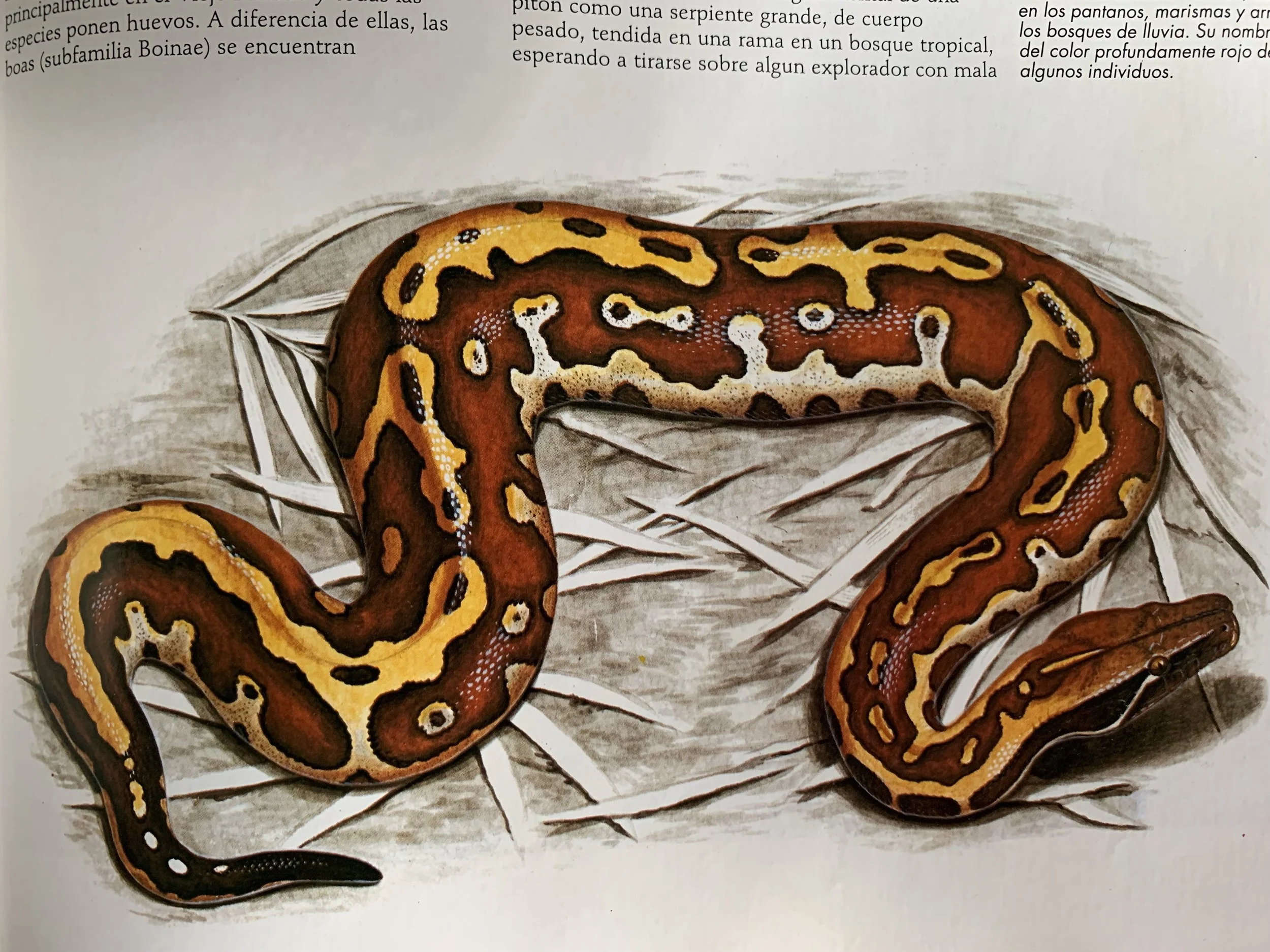
The Genesis

Going back to the precise moment it all began seems unrealistic. But, like many keepers, my fascination for reptiles goes back to my childhood. I do remember being the "weird" kid who liked catching critters. Lizards, snakes, amphibians, and anything I could put my hands on. The same humble beginning as many of you, fellow keepers. Except that my playground was a bit different. Instead of catching Garter Snakes or green anoles, I chased Boa imperators and brown basilisks. The tropical rainforest of Cancun in the Yucatan Peninsula is truly a wonderful place to be raised. But growing up outside the US posed a big problem. The pet trade was quite different; for most people, owning exotic pets (legally) was almost impossible. I know in today’s world, a blood python is not that hard to find. Plenty of extraordinary people are working with them, and a handful of dedicated breeders have been perfecting the art of husbandry and captive propagation of the species. But back then, the world was a different place… The first time I heard about these mysterious and elusive snakes was from the pages of an outdated National Geographic book stating that deep in the jungles of Southeast Asia, a fascinating ground-dwelling python was displaying vibrant yellows and astonishing red shades. The book didn’t contain any photographs of the snake. Instead, there was a drawing of what, in modern times, the hobby would consider an A+ line-bred blood python. My younger self didn’t know any better, so I made this drawing, the standard for the species. (actual drawing below).The years passed, and the legal exotic pet trade in Mexico became a reality thanks to a group of hardworking pioneers who pushed through the harsh legislation to make it happen. Finally, I was able to get my dream snake. Without hesitation, I pulled the trigger on one of the first imported animals. A young female blood python, labeled as “Malaysian blood.” I rushed to open the box and there it was, the biggest disappointment of my life.What is this? I bought a BLOOD PYTHON, not a “brown python.” What is happening?I’m sure more than one can relate to that experience. For the inexperienced keeper, a baby blood python can be challenging to understand. They don’t look red, they are somewhat awkward to handle, and if, like me, you get a wild caught/Captive hatched as your first blood, they can be pretty hard to “tame” (I personally hate that term). To understand what was happening, I started an intense quest for knowledge, reaching out to other keepers for advice, reading the few articles I could find, and absorbing as much information as possible. Then, I came across a Facebook group named “Blood Pythons.” There, a new world was unveiled in front of my eyes. The mythical red blood pythons were real, but not in the “standard” format I used to think. They represented years of hard work, dedication, and careful planning—the kind of vision few people in the hobby had at the time. See, I consider myself very fortunate when I cross paths with outstanding people. And this hobby excels when it comes to networking opportunities. People like Kara Norris, who, from day one, put me on the right track with kindness and firmness (no BS is allowed with her). With a solid role model, I envisioned what I wanted for my future project. Finally, things were heading in the right direction. I realized my blood python (whom I affectionately named Che) might never turn red, but the nice blend of oranges and browns she gained as an adult made me happy. As time passed, I acquired more knowledge and experience with the species, so I aimed to master the “art” of blood python keeping.Then, one day, I was referred to a website that would flip my world upside down. VPI.com I remember hearing the names Tracy and Dave Barker many times, especially from ball python enthusiasts, but never from blood python people, so I was intrigued. Upon opening their website, I couldn’t believe what my eyes saw. A “white” blood python? Even to this date, that picture is still on the site. The face of a beautiful Ivory blood python. That’s when I first learned that blood pythons also had morphs (ball pythons were exploding in popularity worldwide because of it). You can imagine my excitement; the possibilities were “endless.” The journey that once began as a dream turned into a real lifetime passion that keeps growing daily. Many things have happened after that exciting "discovery." From being the first importer of some blood python morphs into Mexico to the devastating loss of my entire collection. The rebuilding of a dream and the materialization of a new beginning after moving to the US... But that, my friend, is a story for another day (Behind The Scarlet Society). Now, I can look back and be Thankful to be living the dream alongside some of the most amazing people on the planet. If you make it this far, let me be the first to say... Welcome to The Scarlet Society. “Che” my first blood python-Ernesto Hinojosa


